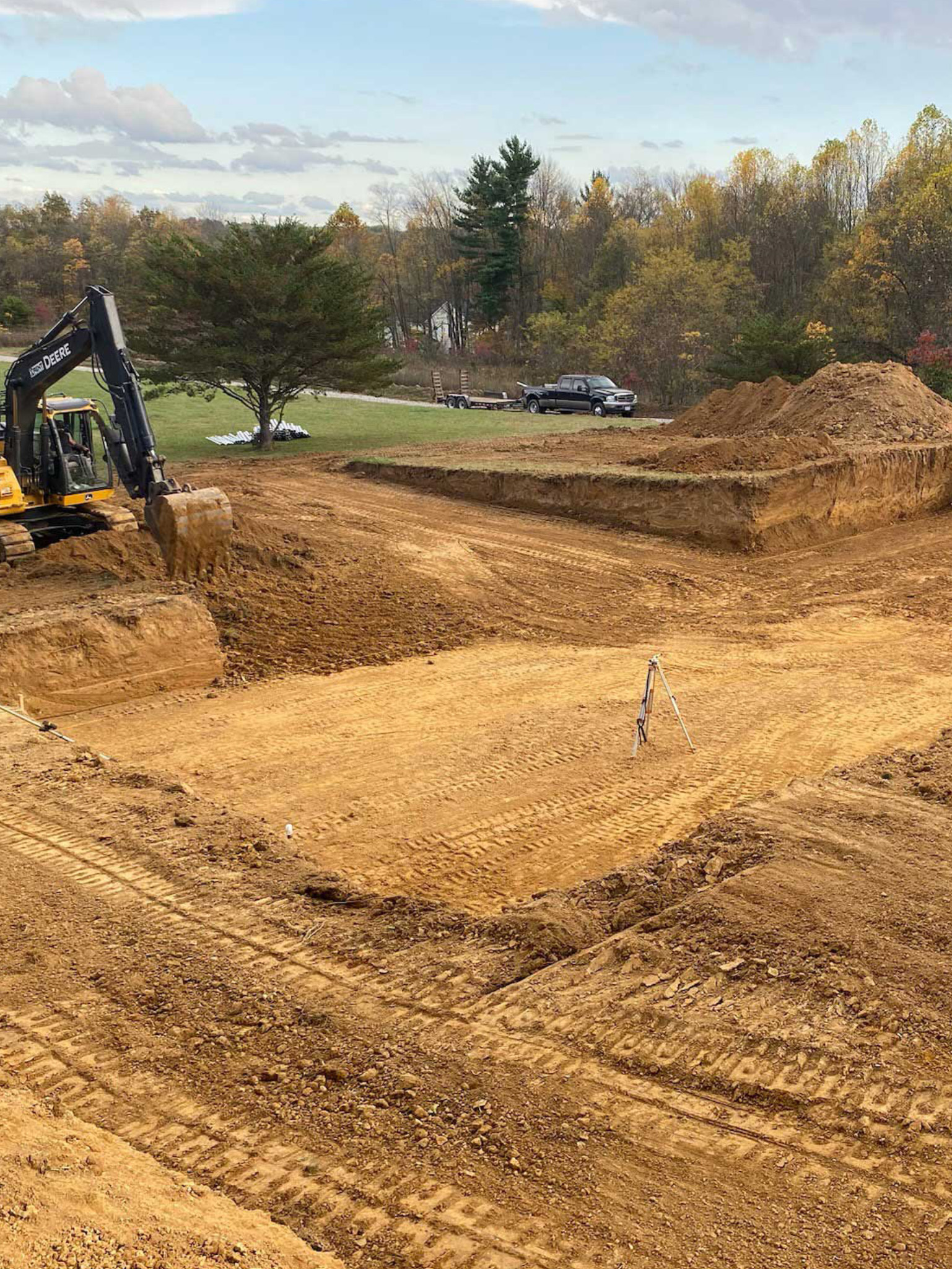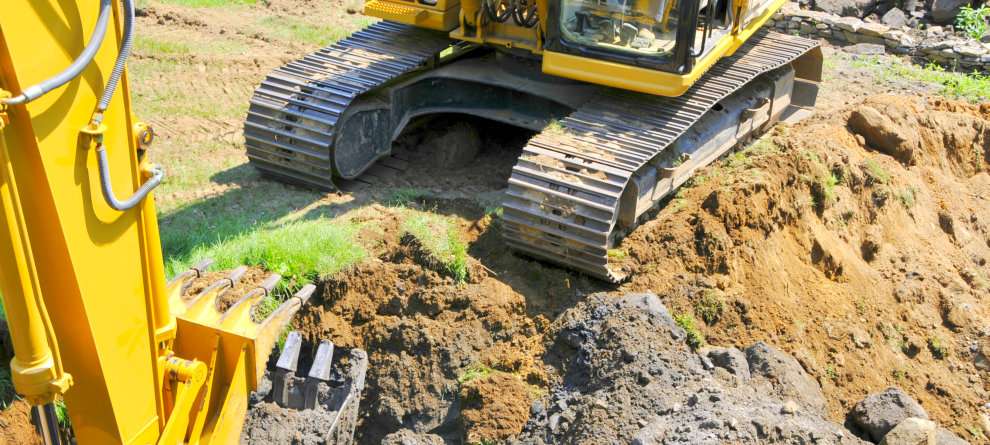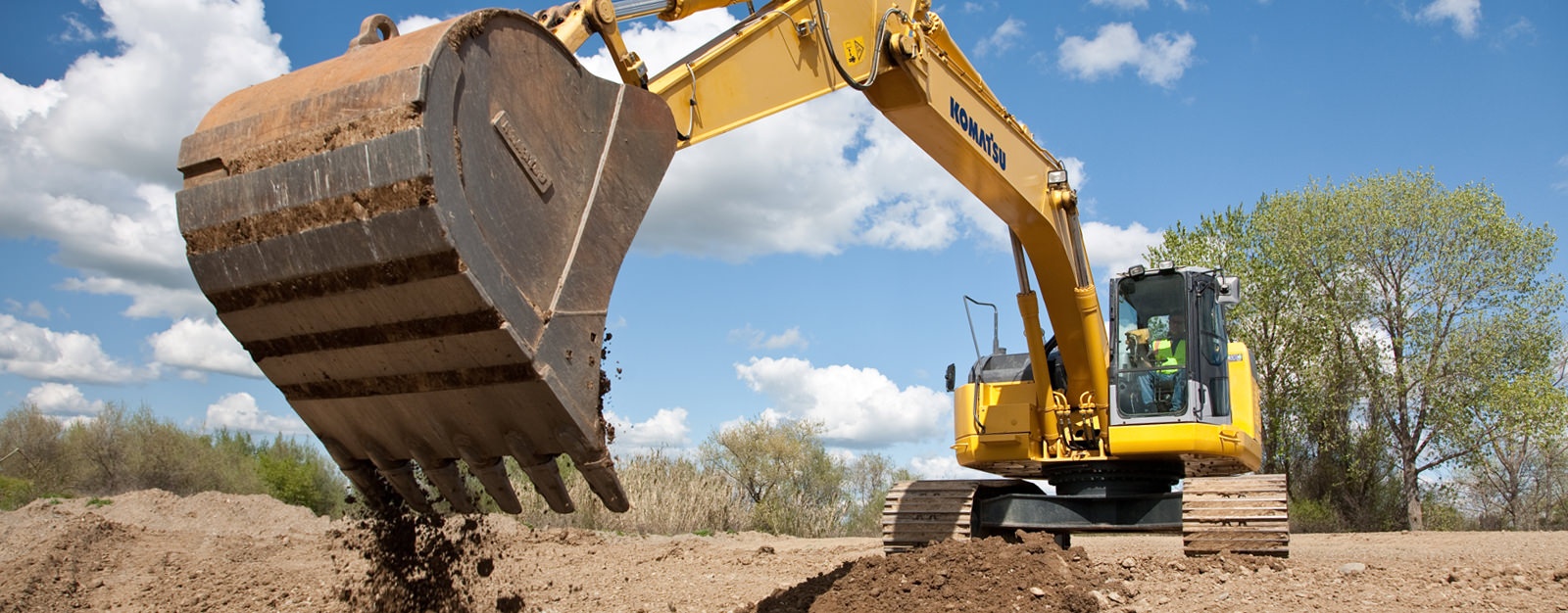Lancaster Trenching - Professional Trenching Solutions in Lancaster, Ohio
Lancaster Trenching - Professional Trenching Solutions in Lancaster, Ohio
Blog Article
Introducing the Art of Excavation: Pro Tips for Safe and Productive Excavating
As dirt is turned and planet is relocated, the details of excavation reveal themselves, demanding an eager understanding of devices, soil make-up, safety and security protocols, and environmental factors to consider. The knowledge required to browse these components properly can imply the difference between an effective excavation project and a potential disaster.
Significance of Proper Devices
To guarantee the safety and efficiency of any type of excavation job, making use of the proper equipment is vital. The right tools not just boost productivity but likewise mitigate risks linked with digging. Excavation jobs differ in scope and complexity, ranging from tiny domestic landscape design jobs to large-scale building and construction tasks. Regardless of the project dimension, having the right tools can make a considerable distinction in the result.
These versatile equipments come in different dimensions to suit various project needs. Mini excavators are excellent for smaller jobs, while bigger excavators take on extra extensive jobs successfully.
Bulldozers stand out in tasks that need pushing huge amounts of soil or particles. By investing in the suitable tools, excavation tasks can be finished securely, on time, and with accuracy.
Comprehending Soil Structure
A detailed understanding of soil make-up is basic for executing excavation tasks with precision and safety. Recognizing the different kinds of soil is critical as it directly influences excavation techniques, equipment choice, and general task effectiveness. Soil structure normally includes 4 primary parts: sand, silt, clay, and natural matter. Each part has unique buildings that influence how soil responds to excavation processes.
Sand bits are the largest and supply excellent drainage but offer little cohesion. Silt particles are smaller sized than sand however larger than clay, supplying modest drainage and cohesion. Clay bits are the tiniest and give high communication but bad drain. Organic matter, such as decaying plant product, influences soil fertility and stability.
Prior to beginning excavation, carrying out soil examinations to determine its composition and attributes is vital. This information helps in selecting the proper equipment, implementing precaution, and establishing excavation approaches customized to the certain soil problems - lancaster trenching. By comprehending soil make-up, excavation specialists can enhance job end results while ensuring safety and security and adherence to ideal techniques
Precaution and Methods
Recognizing dirt make-up is the foundation upon which precaution and protocols for excavation tasks are built, making certain the well-being of employees and the success of the endeavor. There are a number of key measures that have to be carried out to minimize dangers and stop mishaps. when it comes to safety during excavation.
Firstly, prior to any kind of digging begins, a detailed evaluation of the website should be carried out to recognize any type of possible risks such as below ground energies, unsteady soil problems, or nearby structures that could position a danger. It is important to have a skilled person look after the excavation procedure to guarantee that all safety and security protocols are complied with strictly.
Additionally, all employees associated with the excavation has to be properly trained in safe digging practices and the proper procedure of devices. Personal protective devices (PPE) such as construction hats, high visibility clothes, gloves, and security boots ought to be used at all times to decrease the danger of injuries. excavating ohio. Routine safety meetings and tool kit talks must likewise be carried out to keep all workers educated about possible threats and strengthen secure job practices. By adhering to these precaution and protocols, excavation projects can be finished effectively and without case.
Reliable Excavation Preparation
When starting an excavation task, careful preparation is necessary to guarantee efficiency, safety, and effective end results. Effective excavation planning involves several key actions that are critical for the smooth execution of the job. The very first step is to carry out a thorough site evaluation to identify any kind of potential hazards, such as underground energies or unpredictable soil problems. This information is crucial for creating an septic ohio in-depth excavation strategy that consists of precaution and run the risk of mitigation approaches.
Once the site analysis is total, the next step is to produce a clear timeline and routine for the excavation activities. This consists of figuring out the series of jobs, devices needs, and manpower allowance. Proper organizing helps prevent delays and makes certain that the job stays on track.

Additionally, communication amongst all employee is critical during the planning phase. Clear instructions, regular updates, and effective sychronisation are important for an effective excavation project. By investing time and initiative in meticulous preparation, excavation teams can dramatically improve productivity, decrease risks, and attain effective results.

Taking Care Of Ecological Factors To Consider
With raising focus on environmental sustainability in building methods, managing ecological factors to consider has come to be a crucial facet of excavation projects. Excavation activities have the possible to affect the surrounding atmosphere with dirt erosion, sediment runoff, habitat disruption, and contamination of water resources. To mitigate these threats, it is vital to implement best methods that prioritize environmental management.

Moreover, correct waste administration is crucial to stop dirt and water contamination. Applying treatments for the disposal of unsafe products, recycling of waste products, and reducing making use of harmful chemicals can considerably lower the environmental influence of excavation tasks. By incorporating these techniques right into excavation planning and implementation, building firms can ensure that their tasks are not only safe and productive however likewise ecologically responsible.
Verdict
To conclude, mastering the art of excavation calls for a thorough understanding of proper tools, dirt composition, precaution, and reliable planning. By complying with these guidelines and thinking about environmental factors, excavations can be carried out securely and effectively. It is important to focus on safety and performance in every digging task to guarantee effective results.
As soil is transformed and planet is moved, the ins and outs of excavation expose themselves, requiring an eager understanding of devices, soil structure, safety and security protocols, and ecological factors to consider.To make sure the security and performance of any kind of excavation project, utilizing the suitable equipment is vital.A thorough understanding of soil make-up is essential for performing excavation projects with accuracy and safety and security. Understanding the various kinds of dirt is crucial as it directly affects excavation approaches, equipment choice, and general job effectiveness. By comprehending dirt structure, excavation professionals can boost job end results while guaranteeing security and adherence to finest methods.
Report this page